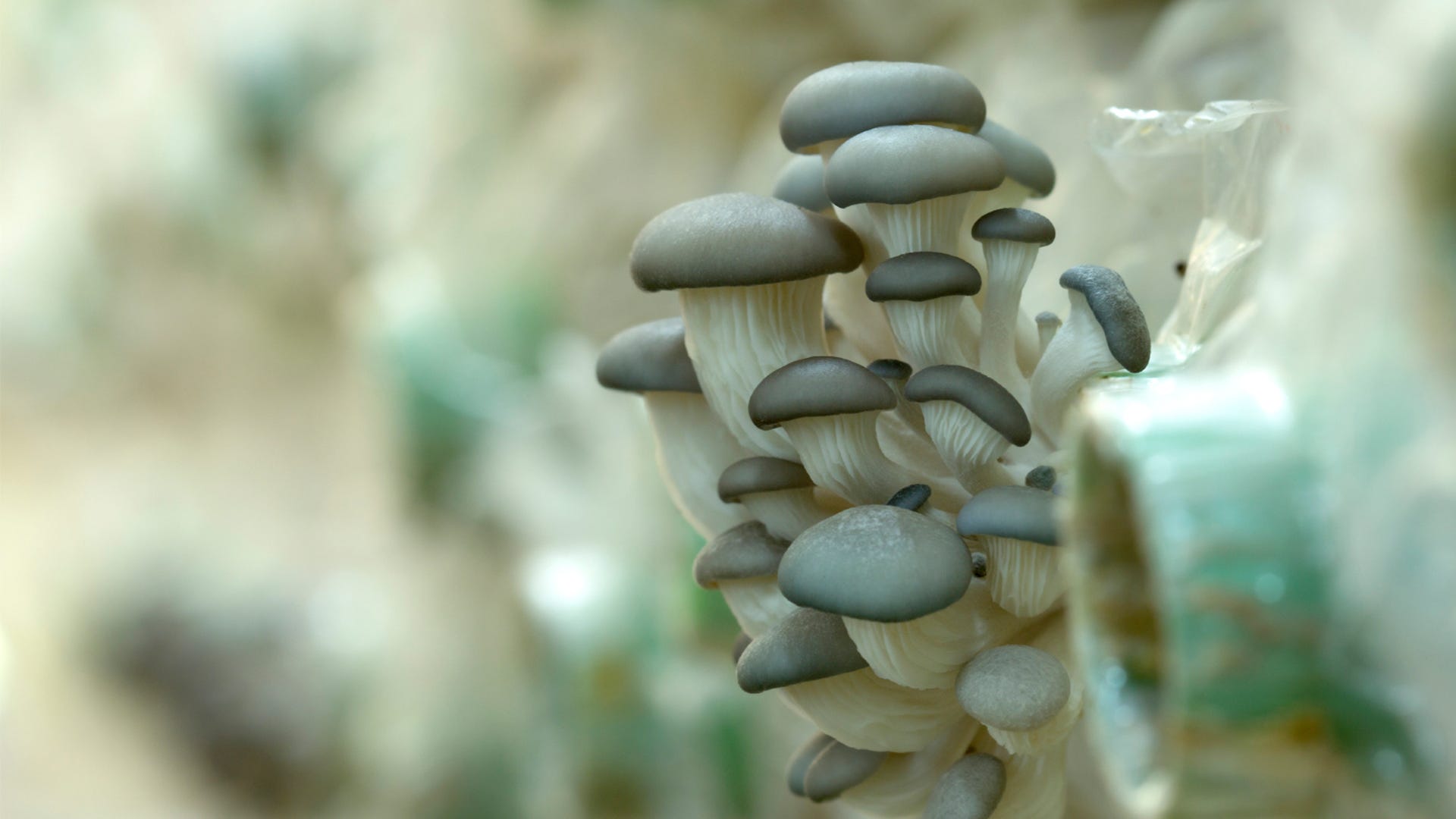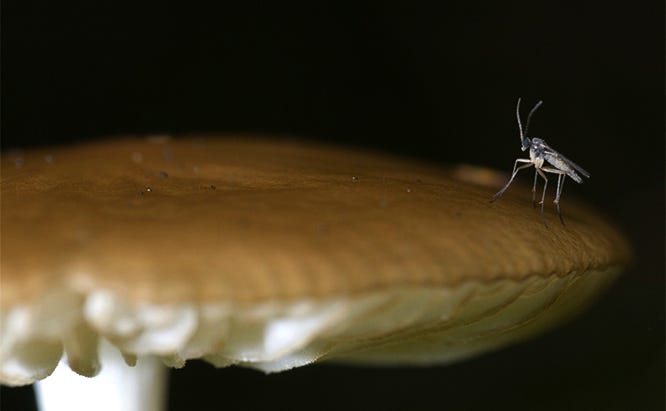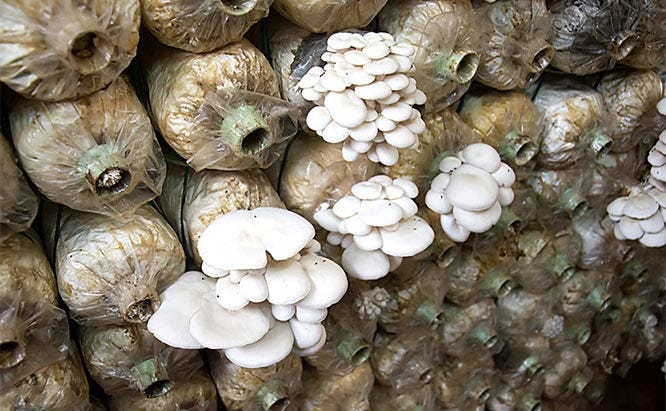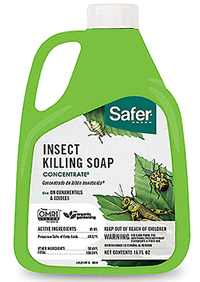
Mushrooms are one of the best cash crops for small farms and growing operations to invest in as they develop their business. Since these edible fungi don’t need sunlight, they’re grown inside and in a carefully controlled environment.
Aside from guaranteeing robust growth of these fungi, these operations can be an ideal breeding ground for a number of pests that can decimate a mushroom crop. Controlling and eradicating these pests should be a top concern for mushroom growers.
 The Sciarid fly is one of the most common and most damaging insects encountered when growing mushrooms indoors. Also called fungus gnats, these flies can destroy a fungus crop, leaving mushrooms brown, leathery and inedible.
The Sciarid fly is one of the most common and most damaging insects encountered when growing mushrooms indoors. Also called fungus gnats, these flies can destroy a fungus crop, leaving mushrooms brown, leathery and inedible.Typical Pests
Indoor operations attract a number of crop-damaging mushroom pests. Here’s how to identify these creatures and what to expect from an infestation.
- Cecid Fly – Under optimal conditions, this fly will multiply rapidly. Even worse, the adult cecid fly is rarely seen since the larvae handle reproduction. As legless maggots, the larvae are white or orange and spread throughout a mushroom farm by sticking to tools and equipment. They feed on the mycelium, stipe and gills of mature mushrooms.
- Phorid Fly – As creamy-white maggots, these insects will feed on mycelium. In an early stage, they only eat selectively and are usually tolerable. However, once they transform into a fly, they are capable of transmitting fungal and bacterial diseases through the crop. Adults have a hunchbacked appearance and are stocky looking. These flies are highly active even while “on land” – often hopping erratically.
- Sciarid Fly – The most pervasive pest for many growers, sciarid fly larvae are voracious eaters that devour mycelium and compost. After about 15 days of feeding, they enter a pupae stage by spinning a web around themselves. Adults are most evident around light sources and have a black body, long antennae and gray wings. Infestations of sciarid flies, which also are called fungus gnats, manure flies or mushroom flies, cause mushrooms to become brown and leathery.
- Nematodes – Normally considered a beneficial soil organism, a number of nematodes actively devour the fungi present in mushroom farms. These microscopic creatures are usually detected by a degeneration of mushroom mycelium. The presence of nematodes usually indicates problems in sanitation and pasteurization processes.
 Organic mushroom farming operations often struggle with pest control since there are numerous fungivore species that thrive on fungi.
Organic mushroom farming operations often struggle with pest control since there are numerous fungivore species that thrive on fungi.- Other Flies – A number of other species of flies may also be evident in a mushroom growing operation. To identify and treat them, submit samples to your local extension office or university farm program.
Pasteurization
Proper sanitation methods in mushroom farming require a pasteurization of the soil medium before a fresh crop can be grown. Pasteurizing eliminates many of the insects, nematodes, pest fungi and any other pests that may be living inside the compost.
To properly pasteurize compost for mushroom production, its temperature is raised to 140 degrees for at least four hours. Higher temperatures will kill or deactivate good microbes needed for later growth processes.
Compost pasteurization methods often vary on the type of compost used. Straw, for example, is heated in water. Other compost is steamed or has dry heat applied.
While pasteurization protects the early growth of mushrooms, it won’t stop invaders from outside sources, the exterior environment and so on. It’s through these channels that pests continue to recur in a growing environment.

Solutions
Safer® Brand offers a variety of OMRI Listed® solutions for mushroom growers as they battle these pests.
- Safer® Brand BioNEEM Insecticide with Neem Oil Concentrate – This treatment attacks in two ways. First, it disrupts an insect’s growth cycle, killing it when it molts. Secondly, it acts as a poison if the insect ingests it. This concentrate makes 5 gallons of solution. Suggested Application: Spray on walls, floor of mushroom house.
- Safer® Brand End ALL® With Neem Oil – This ready-to-use spray kills hard bodied and soft-bodied insects on contact. Also available in gallon size, which can treat up to 700 square feet. Suggested Application: Spray on walls, floor of mushroom house.
- Safer® Brand Neem Oil Insecticide with Neem Oil Concentrate – This concentrate makes up to 128 gallons of insecticide solution and kills many soft- and hard-bodied insects. Suggested Application: Spray on walls, floor of mushroom house.
- Safer® Brand Insecticidal Soap & Pyrethrin – This concentrate makes about 5 gallons of solution that treats up to 14,400 square feet of garden space. It attacks insects’ nervous systems while weakening their outer shell. Suggested Application: Spray on insects directly.
- Safer® Brand Insect Killing Soap Concentrate – Use the solution from this concentrate to weaken an insect’s outer shell. Also available as a ready-to-use spray or in 32 ounce size. Suggested Application: Spray on insects directly.
How Do You Battle Mushroom Pests?
Do you have any tricks for dealing with pests in your mushroom house? Tell us all about them in the comments below. You can also share images from your farm with us the next time you visit Safer® Brand on Facebook.
Looking for more helpful articles or great deals on Safer® Brand products? Subscribe to our E-Newsletter.



